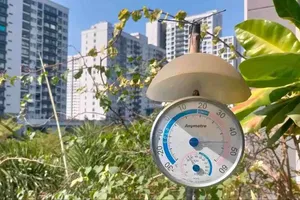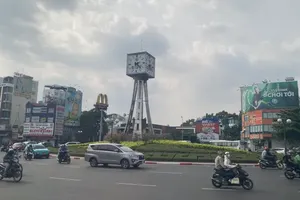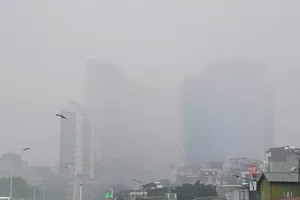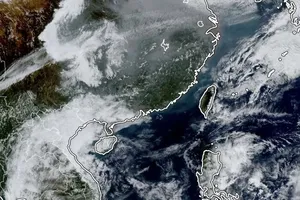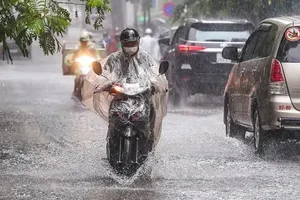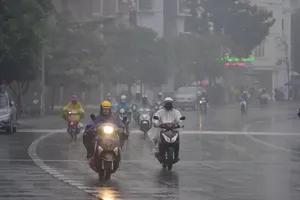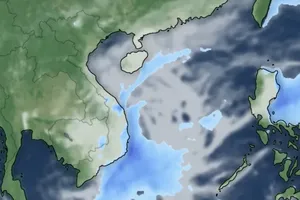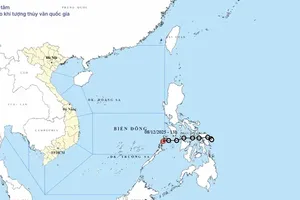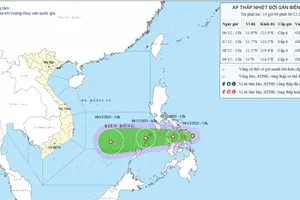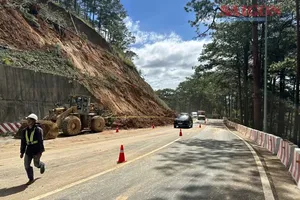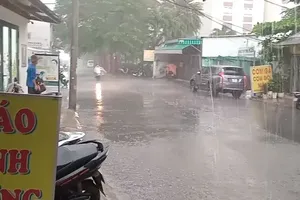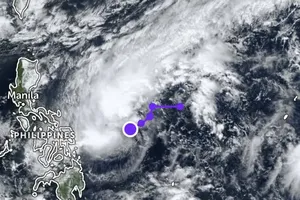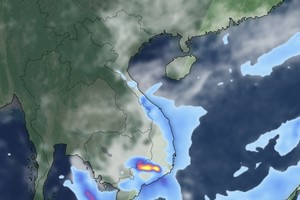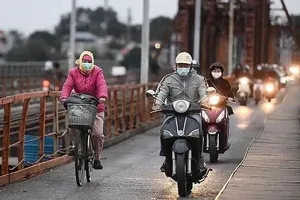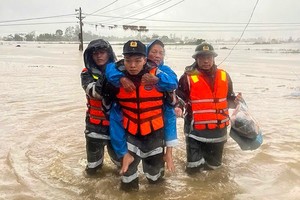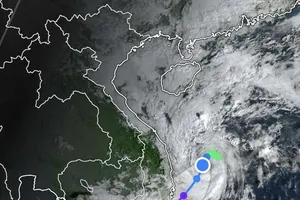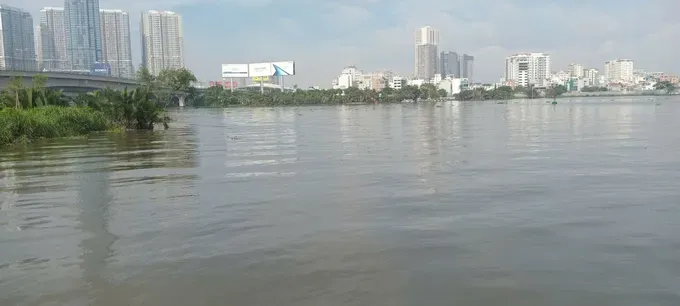
The Southern Hydrometeorological Station has issued a high tide warning for the Saigon River area, urging all local authorities and relevant agencies to immediately implement proactive flood response plans.
The warning follows a slow but steady rise in peak water levels over the past 24 hours. The Station forecasts that water levels across the Saigon River system will continue to climb up due to the high tide cycle corresponding to the 15th day of the 8th lunar month, peaking between October 8 and 9.
At that time, peak tides are expected to reach 1.60–1.65 meters at Phu An and Nha Be stations about 0.05 meters above the third-stage warning level and 1.70–1.75 meters at Thu Dau Mot station, exceeding the third-stage warning level by 0.10–0.15 meters. The Saigon River area is currently under a level-2 natural disaster risk warning.
Deputy Director Nguyen Xuan Hoang of the Ho Chi Minh City Department of Agriculture and Environment said the department has directed relevant agencies to prepare response plans. Local People’s Committees are tasked with regularly updating residents particularly those in riverside, canal-side, and low-lying areas on tide developments through the media.
Authorities are also to inspect and reinforce dikes, embankments, and floodgates, and stockpile essential materials such as melaleuca piles, canvas, and sand for emergency use.
The city’s Department of Construction, the Irrigation Service Management and Exploitation Company the Urban Drainage Company and the Technical Infrastructure Management Center are coordinating with local people’s committees to mobilize personnel, equipment, and materials to maintain and operate tide-control systems, sluices, and pumping stations effectively.
Meanwhile, the Southern Irrigation Exploitation Company is monitoring basin weather conditions, reservoir inflows, and Saigon River tide levels to coordinate Dau Tieng Lake operations. The goal is to ensure dam safety, mitigate downstream flooding, and prevent the compounded effects of high tides, heavy rains, and flood discharge.
Investors in traffic, urban infrastructure, and irrigation projects have been asked to inspect and promptly address weak points in dikes, embankments, sluices, and drainage channels within their management areas.
In addition, Ho Chi Minh City Police have assigned the traffic police to work with Youth Volunteers to deploy mobile units and regulate traffic in flood-prone areas during high tides.
